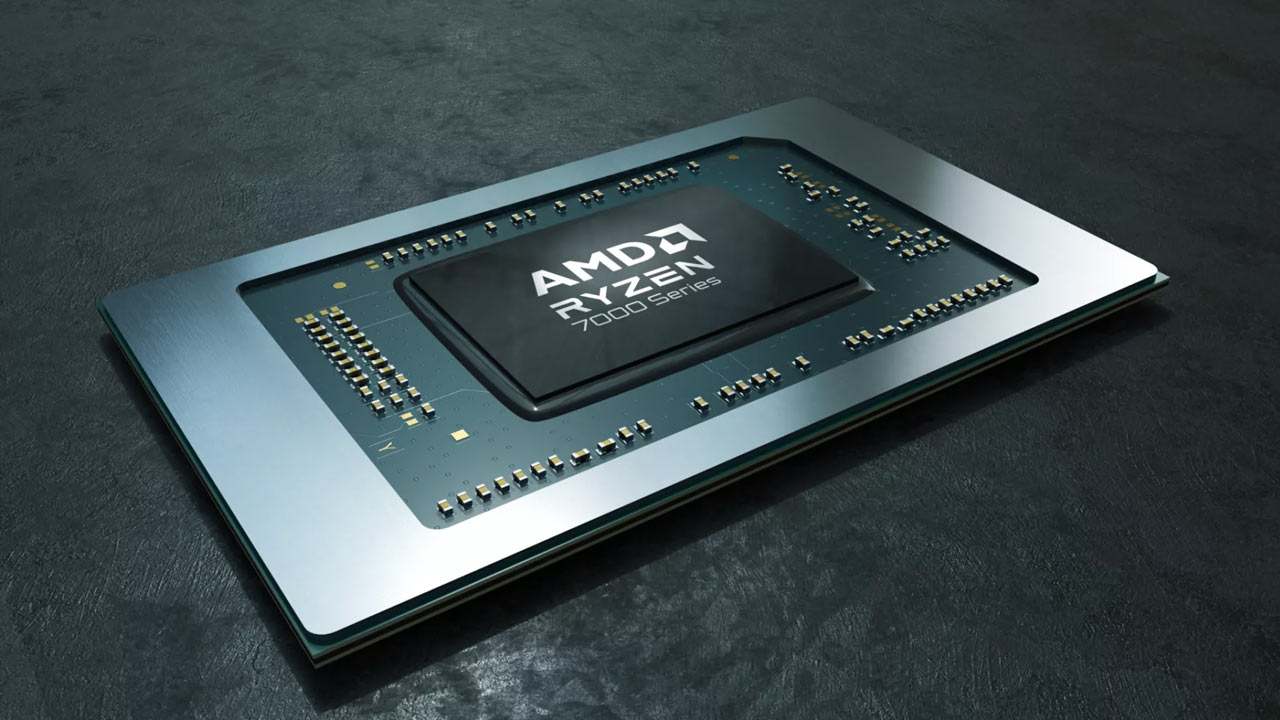AMD's next-gen Zen 5 APUs appear — Strix Point and Strix Halo listed in ROCm Code with RDNA 3.5 GPU
AMD adds support for next-generation APUs to its ROCm software stack.

AMD has added support for its next-generation accelerated processing units codenamed Strix Point to the ROCm software stack used to program GPUs, as noticed by @Kepler_L2. The addition confirms that AMD's upcoming processors based on the Zen 5 microarchitecture will feature GPUs based on the RDNA 3.5 architecture.
AMD's Strix Point Halo APU will feature AMD's GFX1151 GPU IP with RDNA 3.5 clusters, whereas regular Strix Point processors will feature another GPU identified as the GFX1150 and feature fewer RDNA 3.5 GPU clusters. The exact difference between AMD's RDNA 3 and RDNA 3.5 GPU architectures is unknown, though we can certainly expect performance and power efficiency improvements.
AMD's Strix Point products will belong to the company's Ryzen 8050-series processors and are due to be released in 2024 or 2025. Meanwhile, Strix Point Halo is projected to be based on the Zen 5 microarchitecture and higher-performance RDNA 3.5 GPU. In contrast, the regular Strix Point is rumored to feature a combination of Zen 5 and Zen 5c cores (for a total of 12 cores) and a smaller, lower-performance RDNA 3.5 GPU. Also, all Ryzen 8050-series APUs are expected to feature an XDNA 2-based AI engine.
There is also speculation circulating among hardware enthusiasts that AMD's Strix Point Halo will feature a different design than the regular version: the vanilla Strix Point is expected to feature a monolithic design, whereas the Halo is expected to feature a chiplet structure. However, there is no evidence available so far to either substantiate or refute these claims.
One of the particularly interesting things about AMD's Strix Point is that their mentions were found in ROCm code. ROCm is AMD's software stack for artificial intelligence (AI) and high-performance computing (HPC), so the addition of AMD's GFX1150 and GFX1151 GPUs may indicate that the APU will be able to run AI or HPC applications on its GPU cores.
While initial Strix Point APUs will primarily address laptops and small form-factor desktops, AMD is expected to eventually release desktop versions of these processors that will fit into AM5 motherboards.
Get Tom's Hardware's best news and in-depth reviews, straight to your inbox.

Anton Shilov is a contributing writer at Tom’s Hardware. Over the past couple of decades, he has covered everything from CPUs and GPUs to supercomputers and from modern process technologies and latest fab tools to high-tech industry trends.